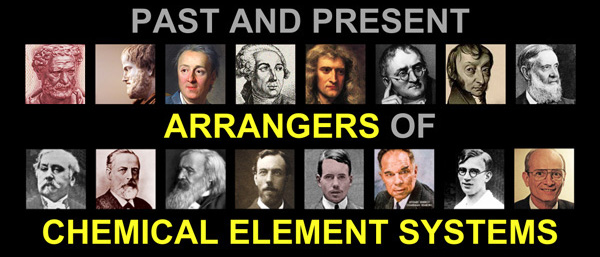Forever Alexander Arrangement of Elements 3D Periodic Table Model
PowerPoints Drive the Randomized to Organized Lesson

NGSS, and particularly Crosscutting, is particularly well related to the historic backstory, creative genius', and technology of the later builders of periodic tables.
Science: Chemistry, scientific methods, parts of atom, etc.
Technology: Moseley: spectra, Seaborg: radioactivity, Lavoisier: experimentation
Engineering: sorting and arranging: De Chancourtois' geology charting tool familiarity led to cylindrical/rotational portrayal of element arrangement, Alexander: integrated the d- and f-blocks to merge the main group blocks
Math: determination of percentages and other measurements, numeracy in general
History: From Ancient Greeks through the European Middle Ages up to the present
Having the students understand the need for order (and how to attain it) in a knowledge presentation is the core purpose of the Randomized to Organized lesson plan.
These PowerPoints are designed to provide additional aid to the teacher who wishes to help students understand the process of arriving at the first periodic table, the minds and methods of improving on it in many ways, and the probability that the process is incomplete even now.
PowerPointSegment 2: First Scientific Periodic Table Arrangements
PowerPointSegment 3: Modern Periodic Table Arrangements - 2D to 3D
< BACK